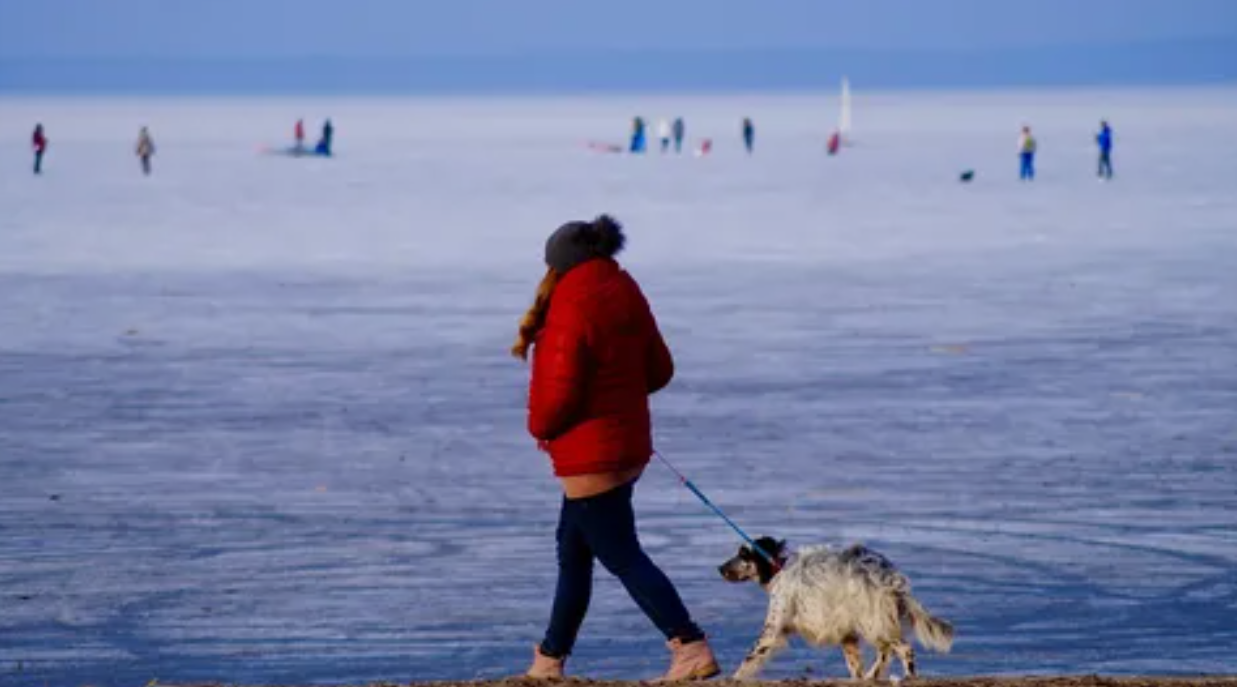An Arctic vacation is more than just a trip; it’s a journey into one of the most remote and pristine regions on Earth. From shimmering icebergs and vast tundras to unique wildlife and the magical Northern Lights, the Arctic offers an unparalleled experience for adventurous travelers and nature enthusiasts alike. Whether you are seeking a tranquil escape, a photography adventure, or a wildlife expedition, planning the perfect Arctic vacation requires understanding what makes this region truly extraordinary.
Why Choose an Arctic Vacation?
The Arctic is unlike any other destination. Its stark landscapes, icy waters, and unique ecosystems create an environment that is both serene and awe-inspiring. Travelers often choose an Arctic vacation to experience:
- Breathtaking scenery: Towering glaciers, frozen fjords, and snow-covered mountains dominate the landscape, offering spectacular views and photography opportunities.
- Unique wildlife encounters: From polar bears and arctic foxes to whales and migratory birds, the Arctic is home to species you won’t find anywhere else.
- The Northern Lights: Witnessing the aurora borealis dance across the night sky is a once-in-a-lifetime experience that draws travelers to the Arctic every year.
- Adventure activities: Dog sledding, ice climbing, snowmobiling, and kayaking allow visitors to explore the Arctic in dynamic and thrilling ways.
Best Time to Plan Your Arctic Vacation
Timing is crucial when planning an Arctic vacation. The region experiences extreme seasonal variations, and the type of experiences you want will determine the best time to visit:
- Summer (June to August): This is the ideal time for wildlife spotting and exploring the Arctic landscapes without extreme cold. The midnight sun provides 24-hour daylight, perfect for photography and outdoor adventures.
- Winter (December to February): Winter offers a magical frozen wonderland experience. Snow-covered landscapes, frozen fjords, and the best chances of seeing the Northern Lights make this season ideal for winter sports and aurora hunting.
- Shoulder seasons (March to May and September to November): These transitional periods provide quieter travel options and often lower prices. Wildlife watching is still possible, and travelers can enjoy a more serene Arctic experience.
Top Destinations for an Arctic Vacation
The Arctic spans several countries, each offering unique experiences. Here are some of the most popular destinations for an unforgettable Arctic vacation:
1. Svalbard, Norway
Svalbard is a remote archipelago halfway between Norway and the North Pole. Known for its dramatic landscapes and polar bear population, it’s ideal for:
- Dog sledding across snowfields
- Glacier hiking and ice cave exploration
- Wildlife photography tours
2. Greenland
Greenland’s massive ice sheets and fjords offer a true Arctic adventure. Travelers can explore:
- Ilulissat Icefjord, a UNESCO World Heritage site
- Inuit cultural experiences in small villages
- Whale watching along the coast
3. Iceland
Although technically sub-Arctic, Iceland provides easy access to Arctic experiences. Highlights include:
- Northern Lights viewing in winter
- Snowmobiling on glaciers
- Hot springs and geothermal landscapes for relaxation
4. Alaska, USA
Alaska’s Arctic region offers vast wilderness, glaciers, and unique wildlife. Key activities include:
- Cruises through icy fjords and glacier bays
- Polar bear and whale expeditions
- Ice climbing and dog sledding adventures
Activities to Enjoy on Your Arctic Vacation
An Arctic vacation is filled with activities that allow travelers to immerse themselves in the environment. Popular options include:
- Wildlife safaris: Guided tours by boat or snowmobile let you encounter polar bears, walruses, seals, reindeer, and arctic foxes in their natural habitats.
- Northern Lights tours: For many, witnessing the aurora borealis is the highlight of their Arctic trip. Guided tours ensure you find the best viewing spots.
- Adventure sports: Snowmobiling, dog sledding, ice climbing, and cross-country skiing provide thrilling ways to explore the icy landscapes.
- Cruises: Arctic cruises offer a comfortable way to see remote regions, with opportunities to kayak among icebergs and explore small coastal towns.
- Cultural experiences: Learn about the indigenous peoples of the Arctic, including Inuit and Sámi communities, and experience traditional foods, crafts, and storytelling.
Planning Tips for an Arctic Vacation
Traveling to the Arctic requires preparation and attention to detail. Here are essential tips to ensure a smooth and memorable trip:
- Pack appropriately: Warm, layered clothing is essential. Include thermal underwear, waterproof jackets, insulated gloves, and sturdy boots.
- Consider guided tours: The Arctic can be dangerous without local knowledge. Guided tours ensure safety and provide deeper insights into the environment and wildlife.
- Book in advance: Accommodations and tours can fill up quickly, especially during peak Northern Lights season or summer wildlife season.
- Health and safety: Prepare for extreme conditions, including cold weather injuries and limited medical facilities. Travel insurance is highly recommended.
- Respect the environment: The Arctic is fragile. Follow guidelines to minimize your impact, including wildlife viewing regulations and eco-friendly travel practices.
Sustainable Travel in the Arctic
Sustainability is especially important in the Arctic, where ecosystems are highly sensitive to climate change and human activity. Responsible travelers can:
- Choose eco-certified tour operators
- Avoid disturbing wildlife
- Minimize plastic use and waste
- Support local communities by purchasing handmade crafts and local products
Why an Arctic Vacation is a Once-in-a-Lifetime Experience
An Arctic vacation combines adventure, natural beauty, and cultural richness in a way few destinations can. Whether you are chasing the Northern Lights, exploring frozen landscapes, or witnessing polar wildlife, the Arctic leaves an indelible mark on every traveler. It’s not just a vacation; it’s an opportunity to connect with one of the last great wildernesses on Earth.



